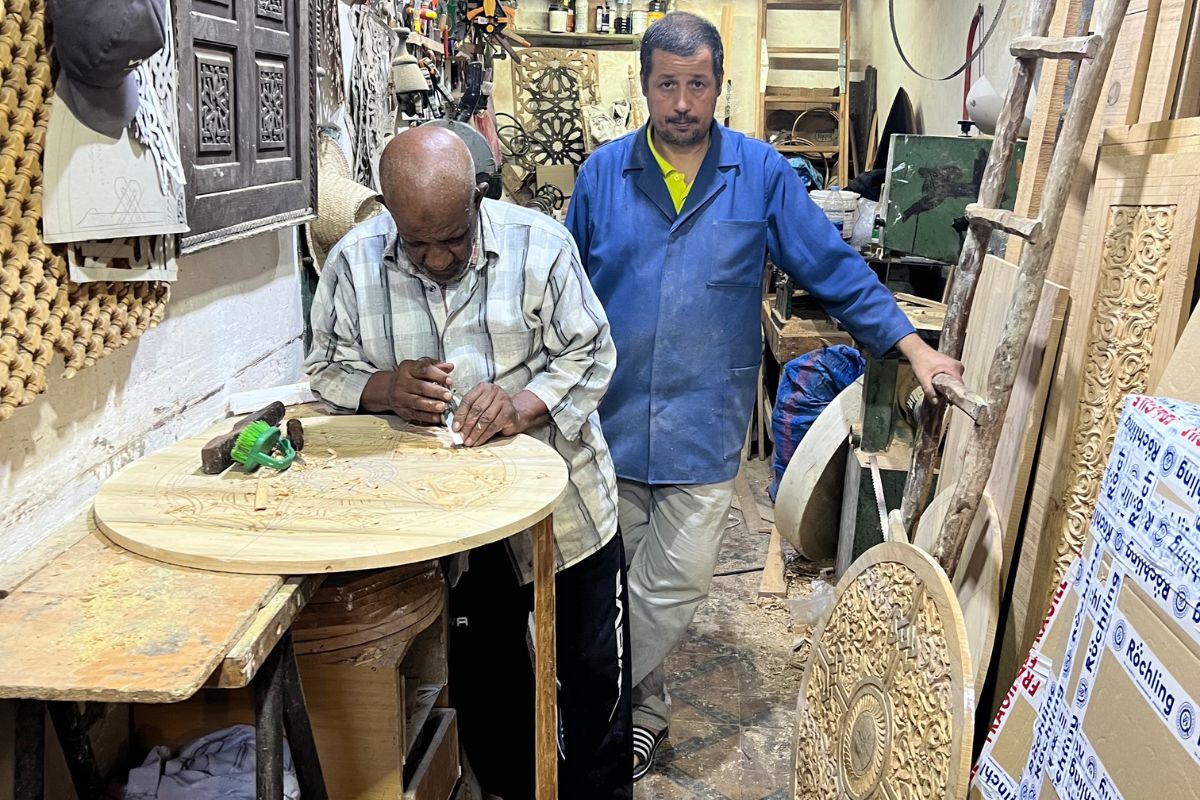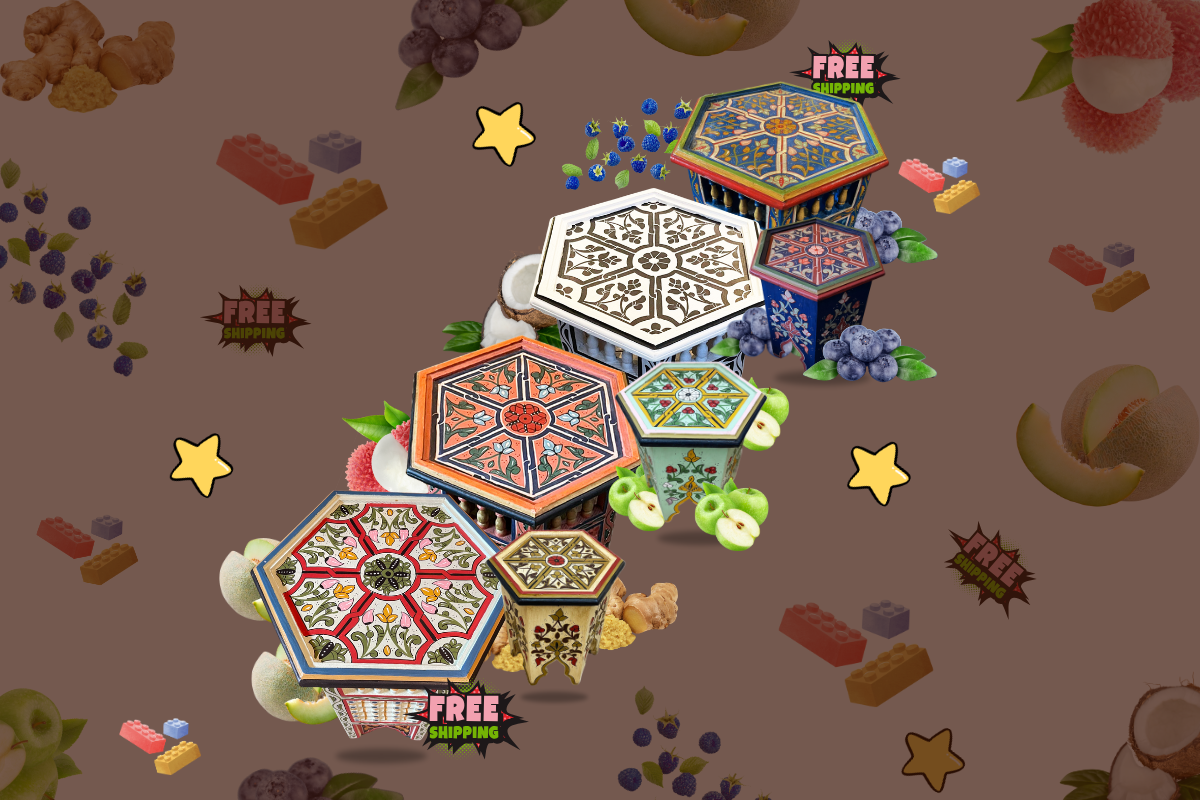The Amazigh People of Morocco: A Journey Through History and Identity

Introduction to the Amazigh People:
The Amazigh people, often referred to as the Berbers, represent one of the oldest indigenous populations of North Africa, with a rich cultural heritage and a profound historical legacy. In Morocco, the Amazigh people are a significant ethnic group, playing a pivotal role in shaping the nation’s cultural landscape. They are recognized for their unique traditions, languages, and social structures, which distinguish them from other communities within the country.
Throughout Morocco, the Amazigh people maintain their identity through various regional groups, each possessing distinct languages, customs, and artistic expressions. The principal dialects spoken by the Amazigh people include Tamazight, Tachelhit, and Tarifit, all belonging to the Berber language family. This linguistic diversity further highlights the complexity of their identity, as different groups engage in unique cultural practices that enrich the tapestry of Moroccan society.
The terminology used to reference the Amazigh people has evolved over time, with the term "Berber" being derived from the Greek word "barbaros," which historically carries a connotation of 'foreigner' or 'outsider.' However, the term "Amazigh" means "free man" or "noble," reflecting a sense of pride and self-identification among the community. This shift towards self-identification is critical, as it underlines the Amazigh people’s resilience and their quest for recognition within a rapidly changing sociopolitical environment.
As we delve deeper into the history and identity of the Amazigh people of Morocco, it becomes evident that their connections to the land, language, and cultural practices form an essential part of Morocco's heritage. The enduring presence of the Amazigh people not only enriches the cultural dialogue in Morocco but also invites ongoing discussions about identity, recognition, and heritage preservation in contemporary society.

Historical Background of the Amazigh:
The Amazigh people, also known as the Berber people, are an indigenous ethnic group with a rich history that extends back thousands of years in North Africa, particularly in the region that is now modern-day Morocco. Their origins can be traced to the prehistoric inhabitants of the Maghreb, and they have significantly influenced the region’s cultural, social, and political landscape throughout history. The earliest records of the Amazigh people suggest their presence around 3000 BCE, with archaeological findings indicating they were skilled in agriculture and metallurgy.
Throughout the centuries, the Amazigh have faced numerous invasions and conquest attempts, which have tested their resilience. The Romans invaded North Africa in the 2nd century BCE, and despite the establishment of Roman rule, the Amazigh continued to retain their identity and resisted cultural assimilation. This pattern of resistance continued during the Arab expansion in the 7th century, where the Amazigh people of Morocco played a substantial role in the introduction and spread of Islam across the region while maintaining their distinct identity.
Various dynasties have risen within the Amazigh community over the ages, notably the Almoravids and Almohads, who not only unified the Amazigh people but were also pivotal in the establishment of a powerful Moroccan state. These dynasties contributed to the flourishing of architecture, trade, and scholarship, effectively integrating Amazigh culture into the wider narrative of Moroccan civilization. The interplay between the Amazigh people and foreign cultures, particularly the Arab and later Spanish influences, has shaped their evolving identity over centuries.
Today, the Amazigh people of Morocco continue to celebrate their unique heritage, characterized by their language, traditions, and a strong sense of identity, contributing richly to the diversity of Moroccan culture. Their historical journey illustrates a constant thread of resilience, adaptability, and cultural richness that underpins their identity in contemporary society.

Cultural Heritage and Identity of the Amazigh:
The Amazigh people, also known as the Berber people, possess a rich and diverse cultural heritage that has been shaped by centuries of history and adaptation. One of the most distinctive aspects of their identity is their language, which belongs to the Berber branch of the Afro-Asiatic language family. The Amazigh languages vary across regions, with Tamazight, Tachelhit, and Tarifit being the most widely spoken in Morocco. Efforts toward the promotion of their languages, particularly in education, have gained momentum in recent years as part of a broader recognition of Amazigh identity.
The Amazigh people are renowned for their vibrant traditions and unique art forms, which serve as vital expressions of their culture. Traditional crafts include weaving, pottery, and woodworking, often characterized by intricate designs and bold colors that reflect the aesthetics of their ancestral heritage. These art forms are not merely decorative; they convey stories and preserve historical narratives that reinforce a sense of belonging among the Amazigh people.
Music and festivities are integral to the cultural landscape of the Amazigh people in Morocco. Their music, often accompanied by traditional instruments such as the oud and the guembri, plays a significant role in communal gatherings and celebrations. Festivals, including the Yennayer (Amazigh New Year) and various local harvest festivals, serve not only as occasions for celebration but as affirmations of their identity and way of life in the face of globalization and modern pressures.
The social structure of the Amazigh communities is deeply rooted in familial ties and collective identity. Communities are often organized around communal land ownership and cooperative labor, emphasizing the importance of solidarity. Despite modernization, these social structures have remained resilient, allowing the Amazigh people to navigate contemporary challenges while maintaining their unique heritage.
Through these various elements of their culture, the Amazigh people of Morocco continue to assert their identity, contributing to the rich tapestry of Morocco's cultural diversity and ensuring that their heritage thrives across generations.
Issues and the Future of the Amazigh Community:
The Amazigh people of Morocco, renowned for their rich cultural heritage and history, are currently faced with several contemporary challenges that threaten their identity and existence. One of the primary issues is the political representation of the Amazigh community. Historically marginalized, the Amazigh berber people seek greater inclusion in governance and decision-making processes at both local and national levels. Despite constitutional recognition in 2011, the practical implementation of these rights remains limited, leading to frustrations within the community regarding their equitable representation in Morocco.
Another pressing concern for the Amazigh people is the preservation of their unique cultural practices, language, and traditions.

The Amazigh language, known as Tamazight, has gained official status; however, the promotion of this language in education and media is crucial for its survival. Many Amazigh children in Morocco are still educated primarily in Arabic, which can hinder their connection to their heritage and linguistic identity. Efforts are being made by activists and community leaders to encourage the teaching of Tamazight and to raise awareness about Amazigh culture, but challenges persist in the broader societal acceptance of these initiatives.
In addition to language rights, the future of the Amazigh community in Morocco hinges on their ability to navigate the complexities of the modern world while retaining their cultural integrity. Various organizations and movements are working tirelessly to empower the Amazigh people, promoting cultural festivals, art, and media that highlight their heritage. As the Amazigh people strive for recognition and equality within Moroccan society, the support of both national and international bodies will be critical in ensuring their voices are heard and their rights respected. By addressing these contemporary issues, the Amazigh people can work toward a future that honors their rich history while embracing the challenges of a rapidly changing world.
Another pressing concern for the Amazigh people is the preservation of their unique cultural practices, language, and traditions. The Amazigh language, known as Tamazight, has gained official status; however, the promotion of this language in education and media is crucial for its survival. Many Amazigh children in Morocco are still educated primarily in Arabic, which can hinder their connection to their heritage and linguistic identity. Efforts are being made by activists and community leaders to encourage the teaching of Tamazight and to raise awareness about Amazigh culture, but challenges persist in the broader societal acceptance of these initiatives.
In addition to language rights, the future of the Amazigh community in Morocco hinges on their ability to navigate the complexities of the modern world while retaining their cultural integrity. Various organizations and movements are working tirelessly to empower the Amazigh people, promoting cultural festivals, art, and media that highlight their heritage. As the Amazigh people strive for recognition and equality within Moroccan society, the support of both national and international bodies will be critical in ensuring their voices are heard and their rights respected. By addressing these contemporary issues, the Amazigh people can work toward a future that honors their rich history while embracing the challenges of a rapidly changing world.
FAQs About the Amazigh People
“Amazigh” means “free people” or “noble people.” It’s a term of self-identification, replacing the colonial term “Berber,” which was derived from the Greek word for barbarian.
Yes, but “Amazigh” is the preferred and more respectful term. “Berber” is widely considered outdated and can carry colonial implications.
Three main Amazigh languages are spoken in Morocco: Tamazight, Tachelhit, and Tarifit.
The Amazigh people are the indigenous population of Morocco. Their traditions, language, and artistry form a foundational layer of the country’s identity and diversity.
Yes, since its official recognition in 2011, Tamazight has been introduced into some public schools. However, implementation is still evolving and advocacy continues.
Amazigh traditions include artisanal weaving, unique jewelry-making, vibrant music, symbolic tattoos, and oral storytelling passed down generations.
Here You Can Explore Our Categories:
Post Categories
- All
- Carving & Painting Techniques
- Cultural Travel in Morocco
- Culture and Society
- Handicrafts & Techniques
- Home Improvement
- Interior Design Inspiration
- Leather & Tannery Traditions
- Moroccan Coffee Tables
- Moroccan Furniture
- Places to Visit
- Travel
- Zellige Tile & Mosaic















